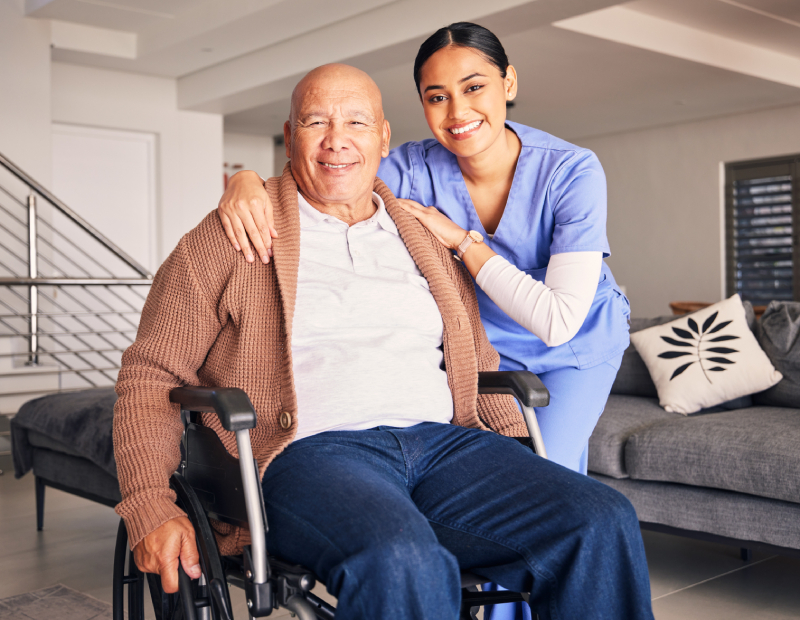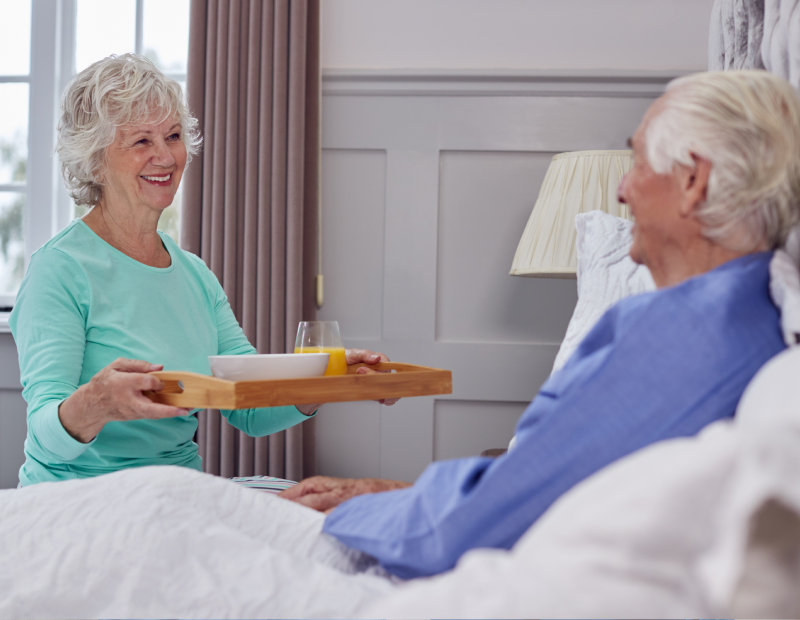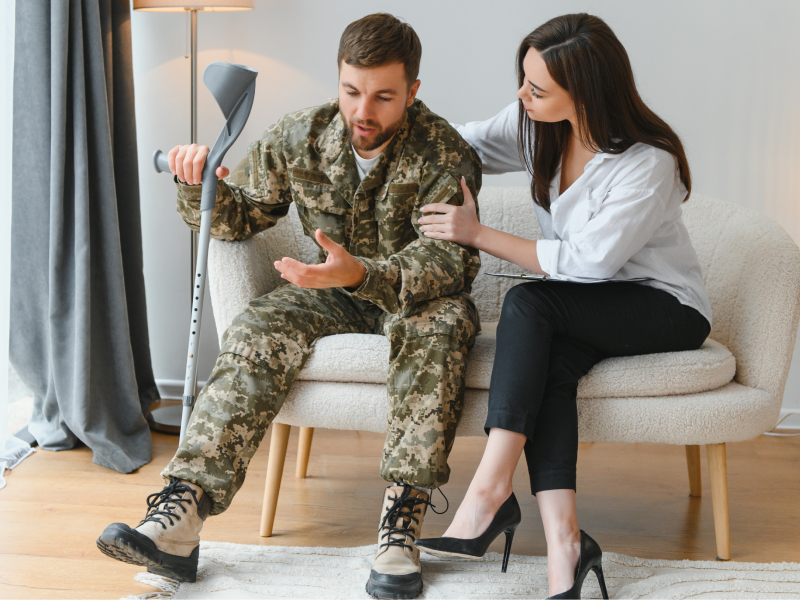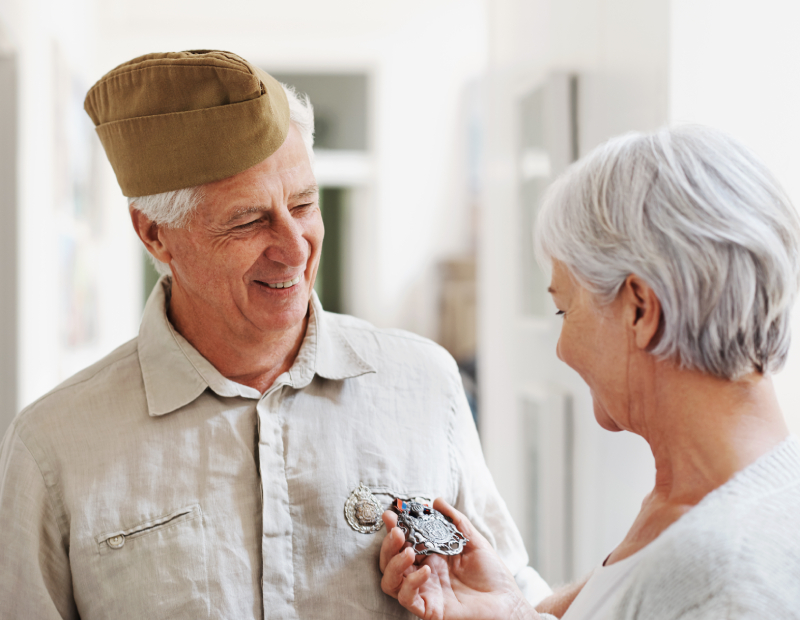Understanding Falls among Seniors
Falling is a serious concern for older adults. Preventing these falls is essential to improving the quality of life and ensuring the safety of our loved ones. Let’s explore the significance of fall prevention and the various risk factors involved.
Importance of Fall Prevention
Falls are a major health concern for seniors. According to the Centers for Disease Control and Prevention, falls were the 11th leading cause of death and the primary cause of fatal or non-fatal injury among people aged 65 and older in the United States in 2018. This highlights the urgent need for effective fall prevention strategies.
Fall prevention is vital because it not only reduces the risk of injuries but also helps in maintaining independence among seniors. Preventing falls can significantly improve the overall well-being of elderly individuals, allowing them to remain active and engaged in their daily activities. A proactive approach to preventing falls includes comprehensive home assessments and modifications and implementing safety measures to create a secure living environment.
Risk Factors for Falls
Falls in older adults are multifactorial events that can result from a combination of intrinsic and extrinsic factors. Understanding these risk factors is crucial for effective prevention.
The following table provides an overview of common risk factors for falls:
| Risk Factor | Percentage Contribution |
|---|---|
| Environmental Factors | 31% |
| Lack of Physical Exercise | 17% |
| Dizziness | 13% |
Source: PMC
- Environmental Factors:
- Environmental factors are responsible for 31% of falls. This includes hazards such as poor lighting, slippery floors, and uneven surfaces. Simple interventions, such as home modifications, can help mitigate these risks.
- Lack of Physical Exercise:
- A lack of physical exercise is linked to 17% of falls among seniors. Regular physical activity is essential for maintaining muscle strength, balance, and coordination. Encouraging seniors to engage in a range of exercises helps in reducing fall risks.
- Dizziness:
- Dizziness accounts for 13% of falls in older adults. This may be due to various medical conditions or side effects of medications. Routine medical check-ups and proper management of health conditions can play a key role in addressing this risk factor.
It’s important to address these risk factors comprehensively. In-home care services, like those provided by Bravo Personal Care, can significantly contribute to reducing the risk of falls through personalized care plans and supportive services.
Interventions for Fall Prevention
At Bravo Personal Care, we understand the significant impact of fall prevention on the well-being of seniors. There are several effective interventions designed to reduce the risk of falls among older adults. Here, we explore multifactorial interventions, education and counseling programs, body exercise interventions, and the use of low-floor beds and alarm devices.
Multifactorial Interventions
Multifactorial interventions involve a combination of strategies tailored to address multiple risk factors associated with falls. Research has shown that these interventions can significantly reduce the risk of falls among seniors. These programs typically include:
- Comprehensive assessments
- Medication reviews
- Physical therapy
- Environmental modifications
Education and Counseling Programs
Education and counseling play a critical role in fall prevention. These programs aim to inform seniors and their caregivers about the risks of falls and how to mitigate them. According to PubMed Central, education and counseling interventions have been effective in reducing the incidence of falls in hospitals and long-term care settings. Key components include:
- Providing information on safe practices
- Teaching fall prevention techniques
- Empowering seniors to recognize and avoid potential hazards
For more insights on how our education programs can help, read our comprehensive guide to non-medical home care in Sacramento.
Body Exercise Interventions
Regular physical activity is essential for maintaining balance, strength, and flexibility, which are crucial for preventing falls. Body exercise interventions have shown significant effectiveness in reducing falls, especially when conducted with professional support. These interventions may include:
- Balance training
- Strength training
- Flexibility exercises
We emphasize the importance of incorporating physical activities in daily routines to enhance mobility and stability. Learn more about the benefits of physical activity in our article on how activities of daily living (ADLs) keep seniors independent.
Use of Low-Floor Beds and Alarm Devices
The use of low-floor beds and alarm devices has been explored as means to prevent falls. However, findings suggest that low-floor beds may not significantly reduce falls, and alarm devices often do not show a noticeable impact in hospital and long-term care settings (PubMed Central). Key considerations include:
| Intervention | Impact on Falls |
|---|---|
| Low-Floor Beds | Increased tendency for falls |
| Alarm Devices | No significant effect |
For more detailed information on safety measures and how they can be implemented effectively, visit our article on how Bravo Personal Care Services ensures quality care for seniors.
By utilizing these interventions, we are committed to significantly reducing the risk of falls among seniors, enhancing their safety and independence. Explore more about how we can assist you with post-hospitalization care in Sacramento and how we support veterans with non-medical home care.
Impact and Costs of Falls
Understanding the impact and costs associated with falls among seniors is crucial, particularly when considering the benefits of personalized home care like that offered by Bravo Personal Care in Gold River, CA. Let’s explore the global ramifications and the economic burden of falls.
Global Impact of Falls
Falls represent a significant health concern on an international scale, especially among the elderly population. According to the Centers for Disease Control and Prevention (CDC), falls were the 11th leading cause of death and the primary cause of fatal or non-fatal injuries in individuals aged 65 and older in the United States in 2018 (PMC). The physical consequences can range from fractures to loss of mobility, while the psychological impacts often include an increased fear of falling and reduced social participation.
In the United Kingdom, the financial impact is similarly staggering. As of 2011, falls cost the National Health Service (NHS) £2.3 billion annually, accounting for both physical and psychological consequences.
Economic Burden of Falls
The economic burden of falls extends beyond healthcare costs. The direct and indirect expenses can strain healthcare systems and families alike. In countries with a large elderly population, such as Italy, the National Prevention Council and the World Health Organization (WHO) emphasize the need for preventive activities and strategies. These measures are aimed at reducing the disease burden associated with aging and saving money (PMC).
| Country | Annual Cost of Falls | Year |
|---|---|---|
| United States | Not specified, but considerable | 2018 |
| United Kingdom | £2.3 billion | 2011 |
| Italy | Not specified, but significant | Ongoing |
One effective intervention to mitigate these costs is home assessment and modification. Simple but impactful changes like installing grab bars, motion-sensor lighting, and removing rugs can greatly reduce the risk of falls.
For more information on the role of home care in preventing falls, consider reading our articles on how Bravo Personal Care services ensures quality care for seniors and how non-medical home care promotes senior independence.
By understanding the global impact and economic burden of falls, we can appreciate the vital role of home care services in improving the quality of life for our aging population.
Home-Based Strategies for Fall Prevention
In our journey to understand the impact of home care on preventing senior falls, we delve into home-based strategies that can make a significant difference. These strategies include home assessment and modification and leveraging technology for fall detection.
Home Assessment and Modification
One of the most effective measures to prevent falls among seniors is conducting thorough home assessments and making necessary modifications. According to PMC, effective home modifications can substantially reduce the risk of falls and related injuries. These modifications can include:
- Installing zero-step entrances and short hallways
- Using motion-sensor lighting for better visibility
- Removing rugs to eliminate tripping hazards
- Adding grab bars and ramps for support and stability
A home modification program should focus on individual needs and be multifaceted. Involving trained health professionals ensures the effectiveness of these modifications in reducing falls among older adults. Mayo Clinic recommends additional strategies such as keeping the home brightly lit and using assistive devices.
| Home Modifications | Benefits |
|---|---|
| Zero-step Entrances | Easier access, reduced tripping risk |
| Motion-Sensor Lighting | Improved visibility, reduced night-time falls |
| Grab Bars and Ramps | Enhanced support, stability for seniors |
| Removal of Rugs | Elimination of tripping hazards |
For a more comprehensive guide, please refer to our article on post-hospitalization care in Sacramento: a safer transition home.
Technology for Fall Detection
Leveraging technology plays a crucial role in preventing falls and ensuring the safety of seniors. Home-based exercise programs and devices like Wii Fit or Kinect have shown significant potential in reducing fall risks (JMIR Aging). These technologies not only help in maintaining physical activity but also provide regular feedback on performance and health status.
Wearable sensors are particularly noteworthy. They monitor changes in acceleration, planes of motion, or impact, making them more effective at detecting falls than non-wearable devices. This can be life-saving, allowing immediate action when a fall occurs. For more information, check out our article on comprehensive guide to non-medical home care in Sacramento.
| Technology | Benefits |
|---|---|
| Home-Based Exercise Programs | Reduced fall risk, enhanced mobility |
| Wearable Sensors | Accurate fall detection, immediate response |
| Wii Fit/Kinect | Increased physical activity, user engagement |
Stay informed about the advancements and how they can safeguard your loved ones by exploring our section on choosing the right senior care provider in Elk Grove. Let us help ensure that every senior enjoys a safe and comfortable environment at home.
Wellness Initiatives to Prevent Falls
Role of Healthcare Providers
Healthcare providers play a crucial role in assessing fall risk and implementing prevention strategies. They review medications, ensure a safe home environment, and educate on lifestyle choices that reduce fall risk (Mayo Clinic). At Bravo Personal Care, we understand the importance of healthcare providers in fall prevention. Our team works closely with your healthcare providers to deliver comprehensive care plans. For more insight into our services, explore how Bravo Personal Care services ensure quality care for seniors.
Importance of Physical Activity
Participating in physical activities like walking, water workouts, or tai chi enhances strength, balance, coordination, and flexibility, all of which can help reduce the risk of falls in older adults (Mayo Clinic). Engaging in these exercises consistently is vital.
Benefits of Physical Activities:
| Physical Activity | Target Areas | Benefits |
|---|---|---|
| Walking | Lower Body | Improves mobility and stability |
| Water Workouts | Full Body | Enhances strength and coordination |
| Tai Chi | Balance | Promotes flexibility and balance |
For seniors, having a structured routine that includes physical activity is essential for maintaining independence. Learn how our programs at Bravo Personal Care can help by visiting our page on how activities of daily living (ADLs) keep seniors independent.
Proper Footwear
Wearing the right footwear is fundamental for fall prevention. Proper footwear includes nonskid soles and supports to avoid high heels, floppy slippers, and slick soles, which can increase the risk of falls (Mayo Clinic).
Footwear Tips for Fall Prevention:
- Use shoes with nonskid soles
- Avoid high heels and floppy slippers
- Don’t walk in stocking feet
- Choose footwear that provides support and fits well
Ensuring that seniors wear proper footwear can significantly reduce fall risk. For additional tips and services, check out top benefits of in-home senior care in Sacramento.
By incorporating these wellness initiatives, we help reduce the risk of falls among seniors, promoting a safer and more independent lifestyle. For veterans, our specialized care plans ensure that they receive the best support tailored to their needs. Learn more about our veteran-focused services in a guide to veteran-focused senior care in Sacramento.
Advancements in Fall Prevention Technologies
Senior falls are a significant concern, and advancements in technology have the potential to greatly reduce these incidents. By exploring new tools and solutions, we can make home environments safer for veterans in our care.
Wearable Sensors
Wearable sensors have become a crucial tool in preventing senior falls. These devices accurately monitor changes in acceleration, planes of motion, or impact, providing real-time data on a person’s movements. Unlike fixed sensors, wearable technology can detect falls in various environments with greater accuracy (JMIR Aging). This makes them particularly useful for non-medical in-home care provided by Bravo Personal Care. By incorporating wearable sensors, we can have immediate alerts for falls, enabling rapid response and reducing the risk of severe injury.
| Sensor Type | Accuracy Rating | Key Features |
|---|---|---|
| Wearable | High | Monitors acceleration and impact in various environments |
| Fixed | Medium | Limited to specific locations |
Learn more about how we ensure quality care for seniors in our detailed guide.
Challenges and Solutions in Technology Adoption
While the use of advanced technology like wearable sensors is promising, there are several challenges to widespread adoption:
- Complexity of Detection Models: Traditional systems often use fixed thresholding techniques, resulting in false positives. Machine learning methods applied to data from multiple sensors are being developed for more accurate and reliable fall detection (JMIR Aging).
- Digital Divide: Older adults may be hesitant to adopt new technologies due to intergenerational digital divides and stereotypes of dependency (JMIR Aging). Supportive education and user-friendly designs can help bridge this gap.
- Privacy and Usability Concerns: Issues related to privacy, usability, feedback, and cost can deter older adults from using fall prevention technologies. To improve adoption rates, it is crucial to address these social and human factors and emphasize the benefits of these technologies (JMIR Aging).
To overcome these challenges, we recommend focusing on user acceptability and providing regular information on user performance and health status. By addressing these factors, we can improve the integration of advanced technologies into everyday care for veterans and seniors.
For more on our approaches and the benefits of in-home senior care, visit our top benefits page. If you’re concerned about the cost, check our information on affordable home care options. Understanding and addressing these challenges will help us deliver reliable and effective care to those in need.




